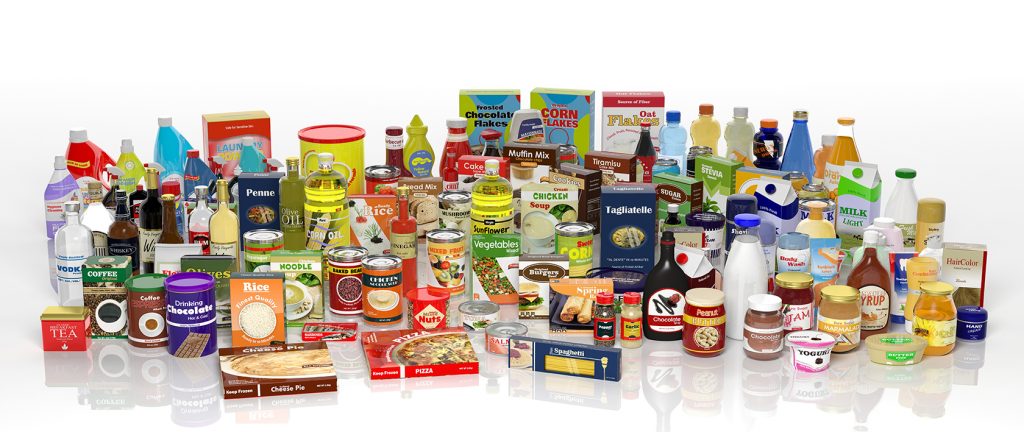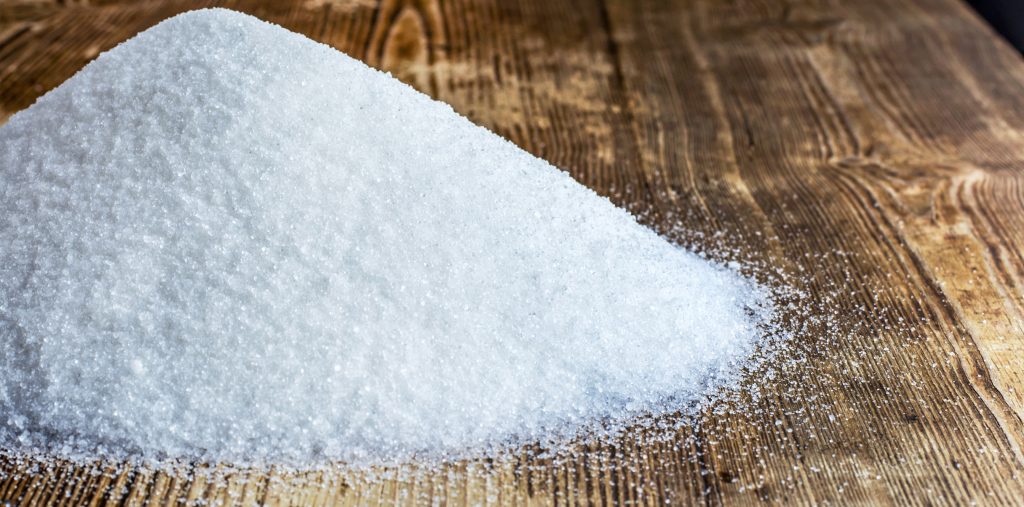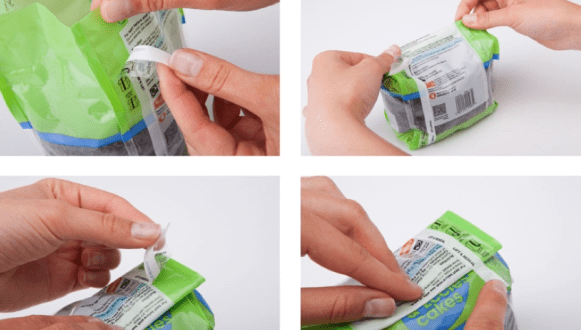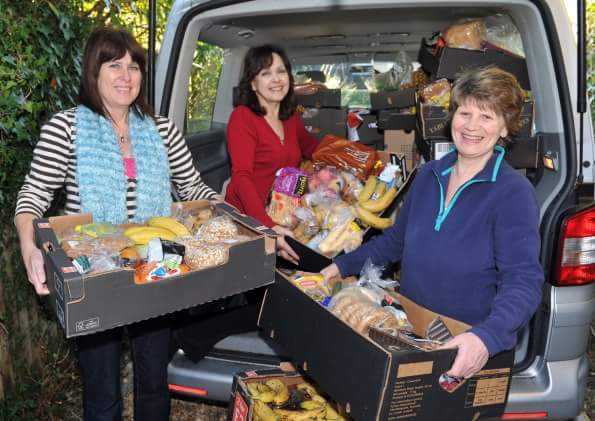Packaging guidelines launched by INCPEN and FDF. INCPEN has linked up with (FDF) to publish a set of guidelines to optimise the use of packaging in the supply chain.

Titled ‘Packaging for people, planet and profit – sustainability checklist’, the publication has a forward from Defra minister Thérèse Coffey.
The checklist is designed to help companies choose and optimise their packaging systems with the aim of improving sustainability through the supply chain.
Jane Bickerstaffe, director of INCPEN, said: “The checklist will help companies improve packaging for food and drink and other products, make it more consumer-friendly and make supply chains more resource-efficient. Supply chain companies are more aware of and responsive to, environmental concerns than many businesses. This checklist will help them demonstrate that responsiveness to the public.”
Helen Munday, director of food safety, science and sustainability and chief scientific officer, Food and Drink Federation, added: “This guidance will help businesses choose and optimise their use of packaging in ways that will contribute to a net improvement in the use of resources across the value chain. This improvement can be achieved whilst continuing to ensure that food safety and quality requirements are not compromised. We encourage all food and drink operators to use it.”
The checklist is also part of the FDF’s Ambition 2025 strategy, which aims to minimise the impact of used packaging associated with food and drink products. It also aims to encourage innovation in packaging technology and design.



